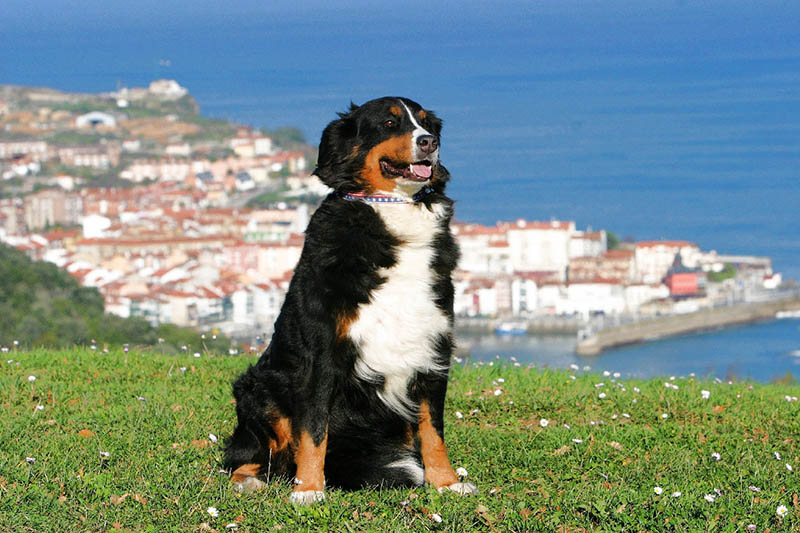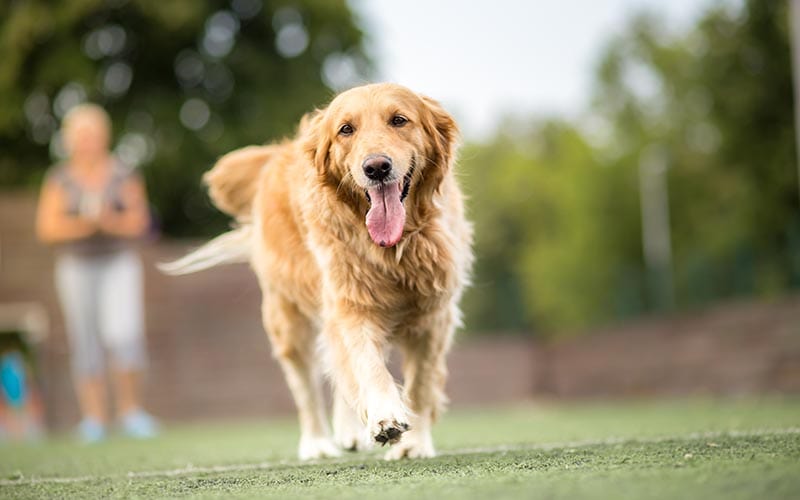How to Train a Havanese – 10 Expert Tips
By Ashley Bates
Updated on
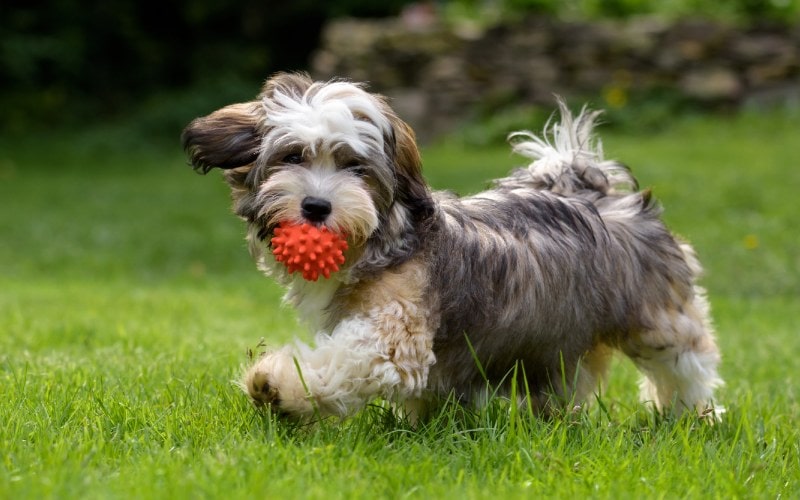
Training a dog can be daunting, especially if you’re unfamiliar with how to do it. While training regimens are pretty complicated and tailored to meet the needs of each dog, you can still take notes. So, if you have a spunky Havanese puppy running around, it’s time to get down to brass tacks.
Here are 10 tips to get you started on training. No matter what sort of training you plan to undertake—advanced commands, potty training, or show—you can still leave with a few key takeaways that are pretty universal. Let’s break them down.
The 10 Tips for Training a Havanese
1. Utilize Proper Training Tactics
When you choose to train, select a method that works for you. You lead the situation, guiding your dog along the way. So, make sure to research specifics on how to accomplish your goals.
For example, if you’re potty training, you’ll want to use a repeating process to familiarize your pup. If you take them out at specific times, keep it on a schedule, use the same phrases, and take them to the same potty spots.
You can get your training ideas from professionals online or (if you’re experienced) you can make up a technique of your own. But the key is to stick with it and be consistent.
2. Get the Right Gear
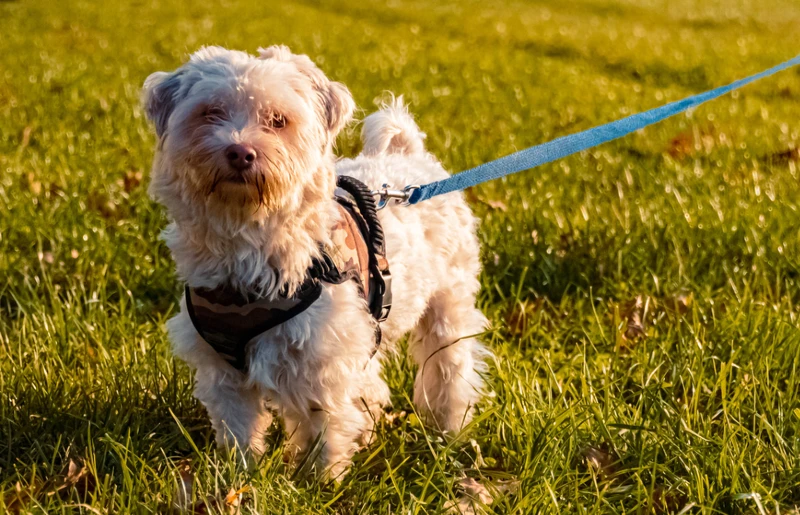
Be sure to have all the necessary supplies for lessons. No matter if you’re indoors or outdoors—home or away—the right gear is not an optional matter. However, the “right gear” depends on the type of training and your specific methods.
Here are a few examples of some items you might need.
Leash and Harness
Whether you’re trick, command, leash, or potty training, a well-fitting harness and leash should be on your supply list.
Before committing to purchase, make sure to have your dog’s measurements. Each size chart will be different depending on the product. So, check out individual sizing before assuming that all are the same.
All harnesses should be snug but not too tight to ensure breathability, comfort, and safety. If a harness is too loose, it can rub on the skin or allow your dog easy access or escape. If it’s too tight, it can cause discomfort and irritation.
If you have a beginner who isn’t acclimated with mannerly walking, it helps to have a control handle or front D-ring attachment. These two areas are designed to help with training, giving the owner proper control for close handling.
Most harnesses come with these features, but simpler versions will not. So, always read product descriptions thoroughly to verify.

Devices
Some folks get whistles, e-collars, and other training tools to keep the dog’s attention. These products aren’t necessary, but they can be very helpful—especially if you have a specifically challenging dog to work with.
Whistles are typically too high-pitched for humans to hear, but the dog picks up the frequency. This isn’t painful, but it certainly gets your pup’s attention. Often, folks use these whistles to teach proper behavior with issues like excessive barking or rambunctiousness.
E-collars are controversial to use during training, but they can be beneficial if done correctly. E-collars typically have several settings, but most use vibration, shock, and beeps to translate messages to your dog. You can use these mechanisms for most training arenas.
Packed Backpack
If you are training your Havanese in public or outdoors, having a backpack or traveling bag is essential. You can keep all the supplies you have to train—and some snacks for your pup as well.
If you are out of the house for a while, your Havanese will definitely need to stay hydrated. Bring collapsible food and water bowls along with bottled water and meals. These food and water bowls are perfect for travel since they fold out and back down for easy storage.
Make sure to bring any training devices, too. Whatever you have picked up for your particular regimen to help the process must be lodged in your backpack—like leashes, collars, whistles, remotes, etc. —and don’t forget treats! We recommend a crunchy snack that isn’t messy. That way, you can keep a few in your pocket or hand during training without making a mess.
3. Buy a Crate, Kennel, and/or Mat
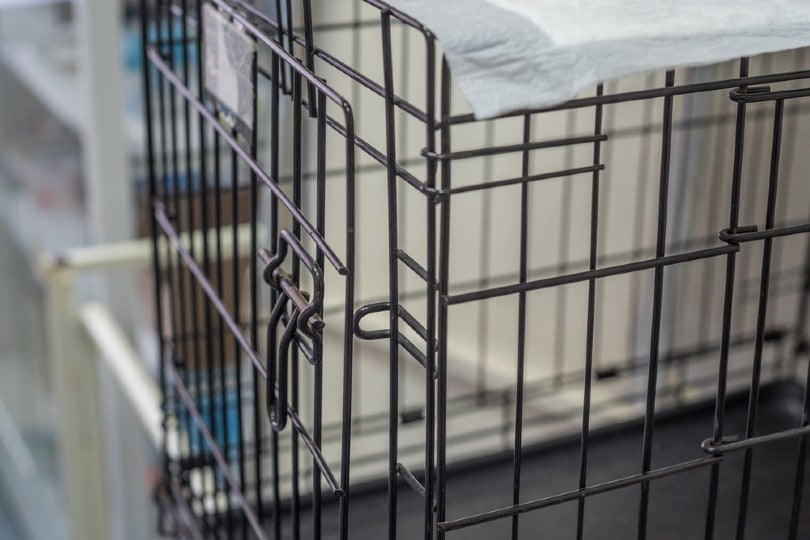
Regardless of the type of training you choose, using a crate or kennel and training mat can help exponentially.
Mat/Elevated Bed
Instead of using a bed or safe place, always buy a mat instead. For larger dogs, an elevated mat or bed might work best—but it should be utilized for training only. They must associate this specific place with obedience, not comfort.
The idea of mat training is to command your dog to go sit if they need a timeout from an activity or exhibit negative behavior. Consider “going to the mat” a timeout of sorts.
Kennel/Crates
A crate or kennel is not only a safe place to stay while household members are away, but it’s also a terrific item that helps with destructive behaviors or potty training. If you have a Havanese with separation anxiety, you might always have to crate them while you’re away—and that’s okay.
Remember to purchase a kennel that is size-appropriate. Because your Havanese will be very small as a puppy, remember that they will grow. This means you might need to purchase a bigger kennel later—or you can buy one with a divider during the puppy stages.
4. Start Small
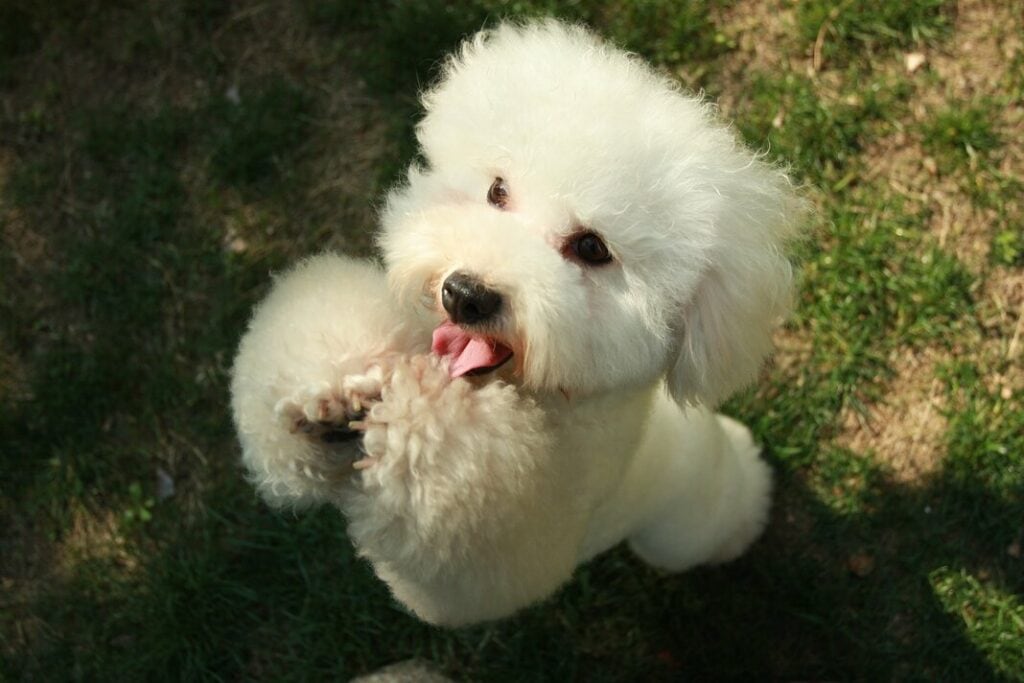
You might be familiar with the process, but remember that your pup is learning how to navigate this big world for the first time. Each dog will be different in how well they pick up on cues and how much they retain during training.
It’s best to take baby steps and move forward at a manageable pace. You won’t want to rush the process, which is where patience comes in. Keep in mind that your dog Is doing their best, and they certainly aren’t disobeying to spite you.
If you maintain a calm, cool, and collected approach with no high demands, your very trainable Havanese will have the concepts down in no time.
5. Respect Your Dog
Showing your dog respect is the key to a long, successful partnership. Whether or not you can see it, training is an intense bonding period with your pooch. Your Havanese should feel safe with you at all times.
The Havanese thrives on acceptance from their owner. Reward your dog for a job well done or shower them with tons of affection. It’s your excitement alone that can make the training process so much easier.
6. Do Not Use Harsh Punishments
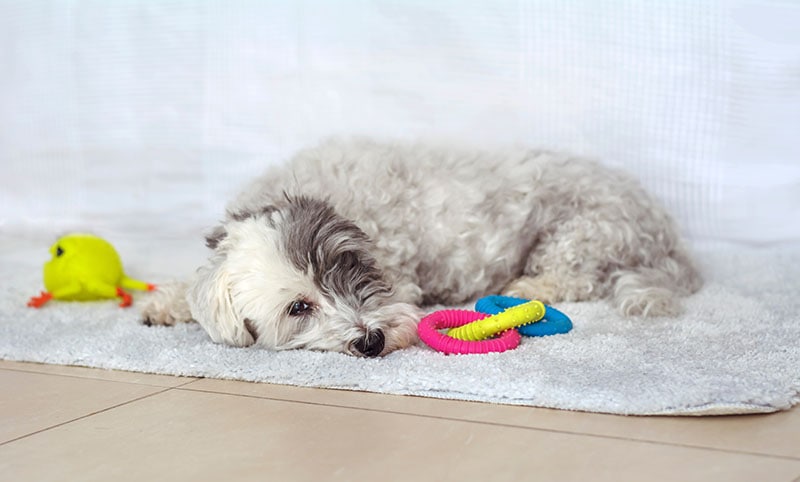
You should quickly discover that your Havanese does not require harsh punishments. These dogs are hypersensitive and aware of your emotions. If they think they are upsetting you in any way, they will take it to heart.
If you choose negative punishments, it can impact your relationship. If your Havanese is afraid of you, it can cause consequences they can’t understand fully—they could show anxiety, destructive tendencies, and fearful behaviors.
So, if you feel stressed or aggravated, take a break and regroup. Once you’re feeling up for the challenge, you can begin again.
7. Stay Level
Your dog might be wound for sound—but that doesn’t mean you have to match their energy. Instead, stay very calm and bring your dog to your level. The more stable and calm you are, your dog will eventually wind down if they feels frisky.
Staying level-headed during training time sets the mood for your dog. They understand that when it’s time to learn, you mean business—no time for games or play.
8. Use Treats Appropriately
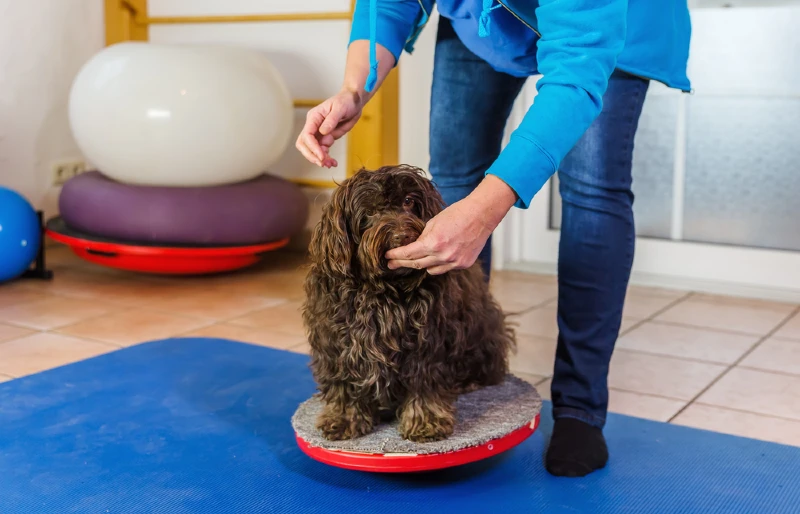
Treats are a must-have during training time, but they are a temporary solution. If you rely on treats for training every time, your dog is going to expect it constantly. They need to be able to listen to commands without expecting a food-based reward.
Initially, treats are a great way to captivate your dog’s attention. But as they start to learn, it’s time to wean off the snacks. For calorie purposes, it’s best to purchase tiny, crunchy treats to limit excess intake.
Consider this. In some situations, you need your dog to obey immediately. For example, if your dog is off leash and decides to flee, you must make them stop on command without expecting a reward.
If your dog expects the reward every time, it can create disobedience if they don’t have the motivation. So, rely on treats at first and gradually cut back once your dog starts learning the ropes.
9. Maintain a Routine
Once you start the process, no matter what training you plan to do, stay consistent. It’s imperative that you, as the trainer, keep up with the routine. Your Havanese will benefit greatly, and it will help the process run seamlessly.
Breaking up the training routine and intervals will help keep your dog’s attention span. Initially, start out for just a few minutes at a time, and you can increase the duration once you see how quickly they adapt.
10. Be Patient
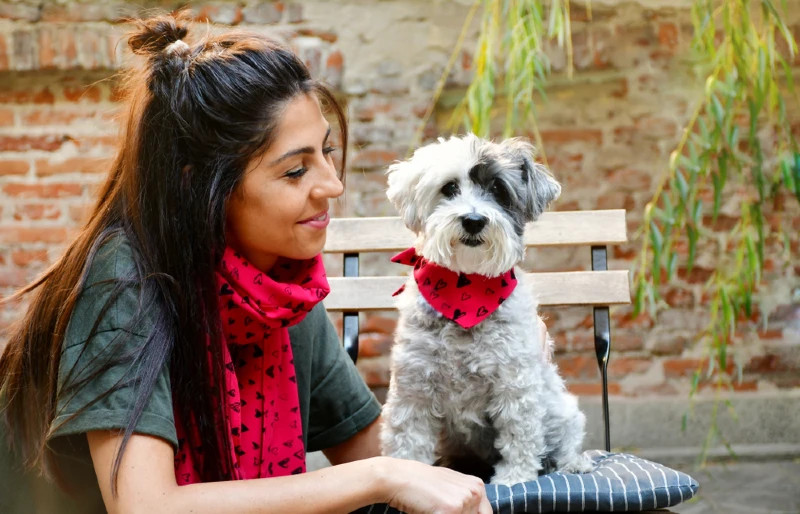
Training seems like it takes forever. But we promise it’s just one blip in the broader scheme of things. Once training is complete, you will have a well-rounded, mannerly, and obedient Havanese.
But just like with children, obedience requires learning. They will rely on you as their main caretaker to teach them the ropes. So, take your time, give the process a chance, and remember it will be over before you know it.
When Is It Time for Professional Training?
You might find it challenging to train your Havanese. Not everyone can navigate these challenges independently, so professional help is always there for you. You likely have plenty of private and business-based dog training options in your area.
You can find a dog trainer around your area, comparing rates and success stories. If you find your frustration growing and you need to make better progress, dog trainers will help you learn the techniques necessary to train your dog.
Some dog trainers require that you leave your dog for roughly a week while the training takes place. But don’t think that’s where your job ends. The trainer will also teach you all of the tactics to continue training at home, as it is a process.
Other owners go with their dogs to training sessions to learn alongside their furry companions.
Conclusion
Training your Havanese might take a while, but it will be over soon. Your Havanese will follow suit as long as you stay consistent, diligent, and patient. This dog breed is incredibly intelligent and eager to please, making them excellent candidates for training.
If you find yourself in over your head and need help to make waves, reach out to her professional trainer for assistance. There are tons of options, both virtually and in person, that can help with your dog’s training needs.
Featured Image Credit: Dorottya Mathe, Shutterstock


